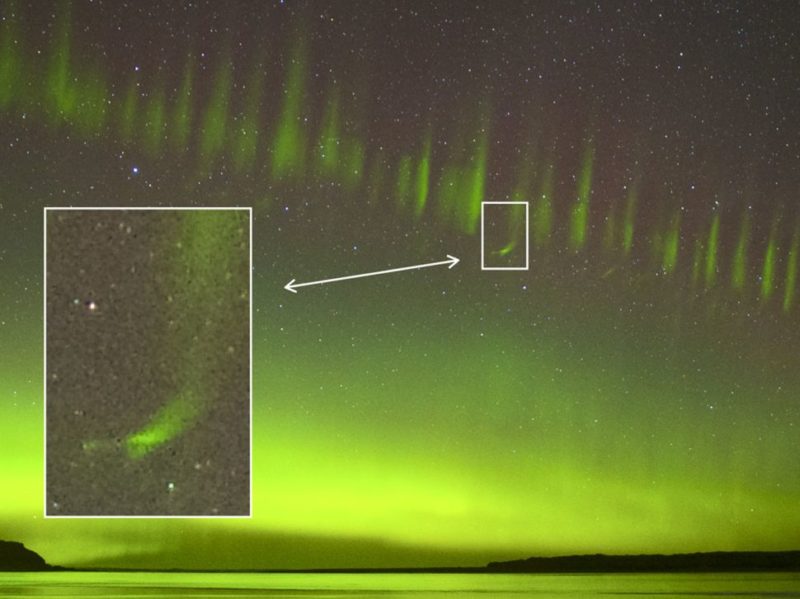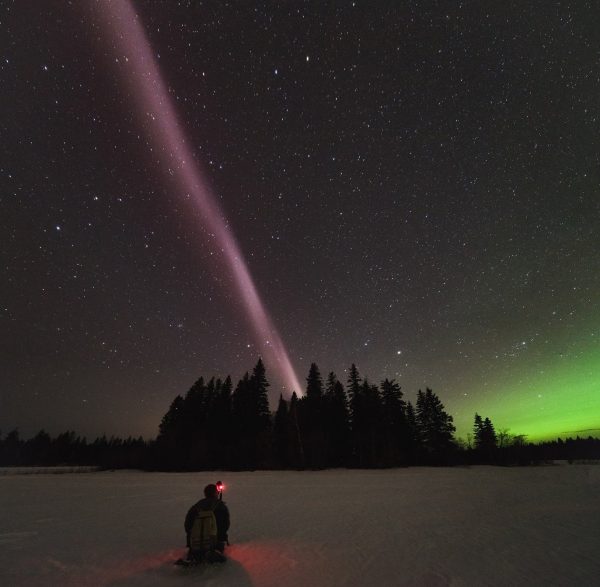STEVE Is Back, And Weirder Than Ever
The mysterious, aurora-like phenomenon called STEVE just got a little weirder. If you don’t know STEVE (short for Strong Thermal Emission Velocity Enhancement) by name, you may know it from photos. Unlike the infamous Southern and Northern Lights, which blanket the sky in ethereal green swirls near Earth’s magnetic poles, STEVE appears as a purplish-white ribbon of light that slashes diagonally toward the horizon, stretching hundreds of miles through the atmosphere. It can appear closer to the equator than a typical aurora, and is often accompanied by a “picket fence” of jagged green points dancing beside it. Nobody knows what … Read more




